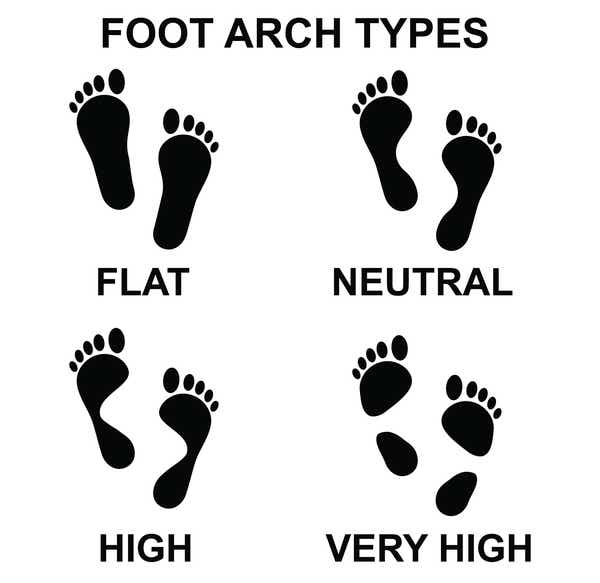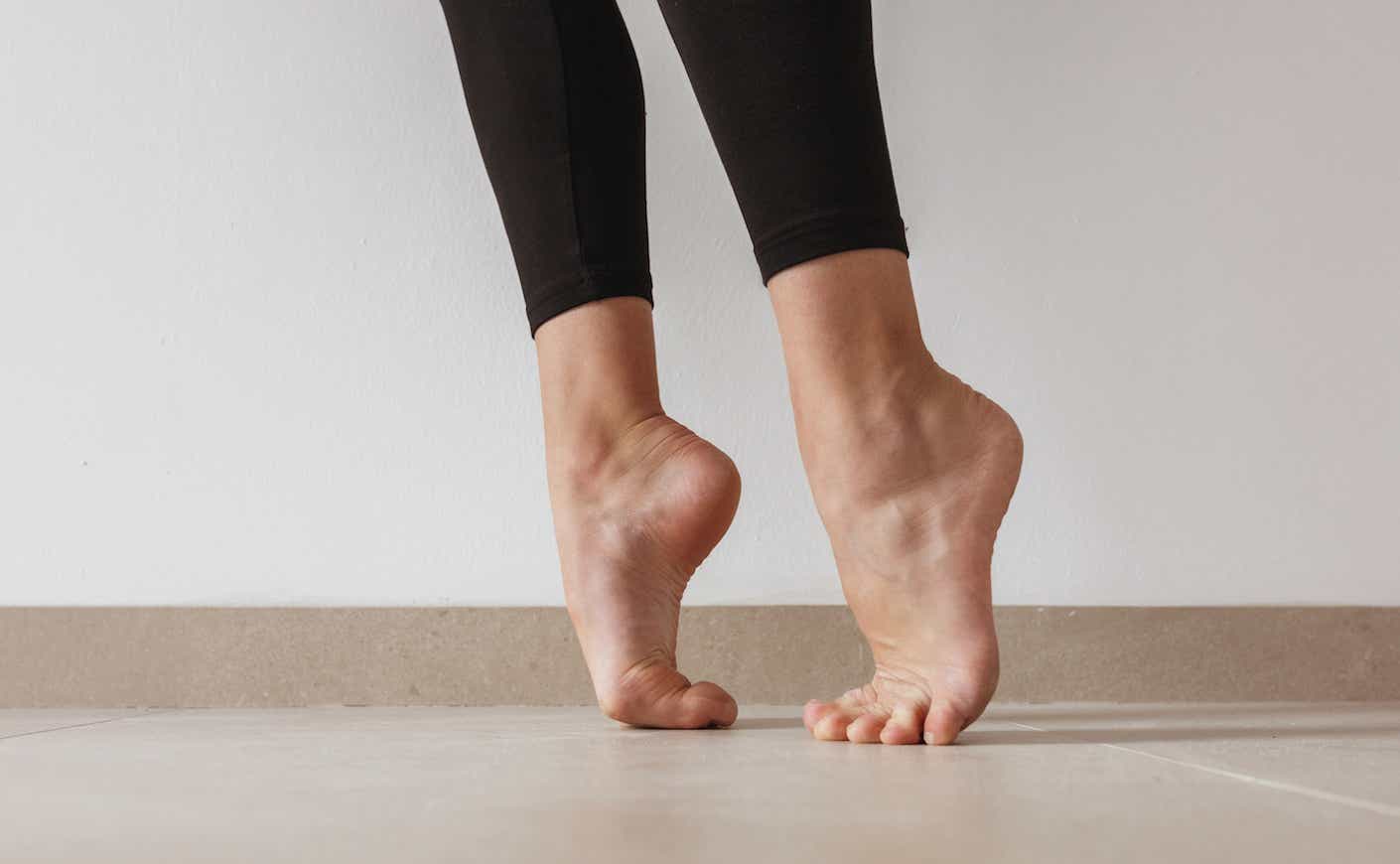Our feet have a thankless job — for the most part, we don’t pay them much attention unless it’s to complain. But our feet are pretty ingeniously designed to get us where we need to go, and your arches — the curved portions of the soles of your feet — serve as an important foundation for that journey. They help support and distribute our weight evenly, allow for coordination and balance, and turn our feet into our very own shock absorbers when we run or jump.
Unfortunately, not all arches are created equal: Some are too high, some are too flat, and then there are the lucky people whose arches are just right. So, how do you determine which kind of arches you have, and why they sometimes cause pain? If you’re itching for info on your arches, we’re here to support you — so you can focus on supporting your feet.
What are foot arches, anyway?
When you think of your foot’s arch, you most likely imagine the inner edge between your heel and the ball of your foot. This is called the medial longitudinal arch, and it both absorbs impact and distributes force throughout the foot to keep joints safe during weight bearing activity. So if you’ve got a spring in your step, you can thank your medial longitudinal arch.
But that’s not the only arch-ictecture you’ve got down there: There’s also the lateral longitudinal arch, which is right across from the medial one, on the outer edge of your foot between the heel and pinkie toe. This arch isn’t as visible when you’re looking at the bottom of your foot, but it supports the medial arch to help you maintain your balance and navigate uneven surfaces.
Last but not least is the transverse arch, which runs across the top of your foot and connects the two longitudinal arches in a nice triangle. This arch acts like a suspension bridge, and it provides the structural support that keeps your foot looking like, well, a foot.
What are the three most common arch types?
If you’ve got high arches, this means your foot isn’t great at absorbing shock (come on arches, this is your main job!), which puts additional stress on your joints and muscles, especially during high-impact exercise like running or jumping. High arches can also lead to ankle swelling, pain in the ball or heel of the foot, and inward-curling toes.
If you’ve got flat feet, you’re probably sick of hearing the old joke about how you’ll never make it into the Army. (That saying isn’t exactly true, by the way — at least not since 1942.) But they can be painful, too, since this condition causes other parts of your body to overcompensate in helping distribute your weight and keep you balanced. This can put extra strain on your foot’s muscles, ligaments, and tendons, your ankles, and even your legs. With time, flat feet can lead to conditions like shin splints, plantar fasciitis, and arthritis in the knees.
If you’ve got normal arches, only about half of the middle of your foot will touch the ground when you stand, and you likely feel pretty stable and pain-free when you’re walking or running. The height of your arches primarily comes down to genetics, so if you’ve got normal arches, make sure to thank your parents.
How do I know what kind of foot arch I have?
To determine your foot archetype, all you need is a piece of cardboard and a bit of water. Wet your foot and then step on the cardboard so you leave a distinct footprint behind.

How can I treat foot arch pain?
For short-term relief, try slowly rolling a tennis or lacrosse ball along the bottom of your feet for an easy at-home massage. But if you’ve got new or worsening pain in your arches, you might want to consider a more permanent solution. Personally fitted arch supports, like those available at The Good Feet Store, can work wonders in helping to support your arches. In addition to improving balance and stability, personally fitted arch supports from The Good Feet Store are uniquely designed to support all four arches and will align your feet to your ideal foot position, keeping them from rolling in or out, and positioning your weight evenly.
Kim Sciacca, a franchise owner of The Good Feet Store, has seen firsthand the type of results personally fitted arch supports can have on people with arch pain: “I had a customer who came in thinking foot pain was just part of getting older,” she says. “They had tried everything — different shoes, inserts from the drugstore, even going barefoot at home. But their arches needed real support, and once they were fitted with the right arch supports, the change was almost immediate. The relief on their face said it all. Personally fitted arch supports don’t just help with pain; they help people get back to doing what they love, whether that’s walking, running, or simply standing without discomfort.”
Can you strengthen the arch of your foot?
We’re glad you asked! Yes, certain exercises can help to strengthen your arches and relieve pain. These exercises are particularly helpful if you’ve got flat feet, but even if you have high arches, strengthening your foot muscles will help with overall stabilization. Try these exercises three times a week to help relieve arch pain:
Towel curls
- While sitting in a chair, place a towel beneath your feet.
- With your feet flat on the floor, press your heels down and scrunch up the towel with your toes, while making sure the ball of your foot maintains contact with the floor.
- Do 2–3 sets of 10–15 repetitions, holding each scrunch for two seconds.
Calf raises
- Stand with your feet shoulder-width apart, and lift your heels as high as you can (If you need help balancing, stand by a wall to support you). Hold this position for five seconds, then lower your heels back down.
- Do 2–3 sets of 15–20 repetitions.
Toe raises
- While standing with your feet shoulder-width apart and your feet flat on the floor, press your right big toe into the floor and lift your other four toes.
- Hold for five seconds, then lower those toes and lift only your right big toe; hold for five seconds.
- Repeat 5–10 times on each foot, holding each list for five seconds.
Whether you’ve got high arches, low arches, or practically no arches at all, your feet deserve a lot of TLC. Treat them right, because they’re the best way to get you where you’re going — ideally, somewhere with a comfortable place to rest.









